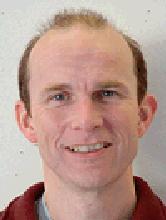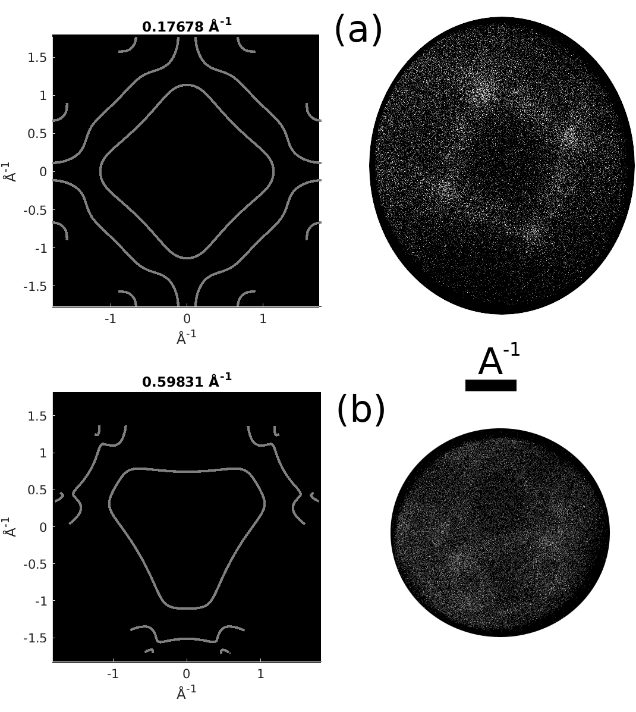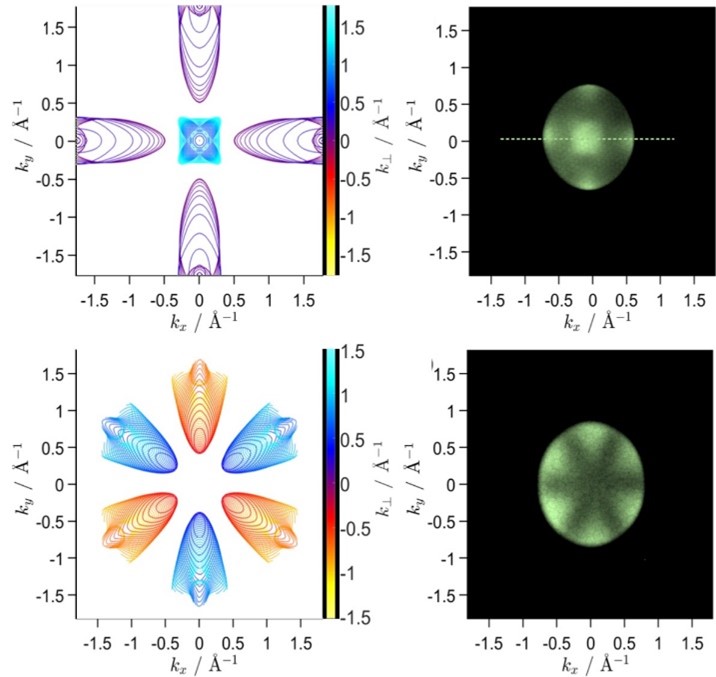Low work function diamond and its tuneable electron affinity
Presenter: Neil A Fox
Contributors: G Wan, A Croot, M Cattelan
Bristol Ultra Quiet NanoESCA Laboratory (BrUNEL), Nano Science and Quantum Information,University of Bristol, School of Physics, Tyndall Avenue, Bristol, BS8 1TL, UK.

Abstract
Wide-bandgap semiconductors are exploited in several technological fields such as electron emission devices, energy conversion, high-power high-temperature electronics, and electrocatalysis. Their electronic properties vary significantly depending on the functionalization of the surface. Here we show modulation of the electronic properties of diamond, one of the most interesting wide bandgap semiconductors for future energy applications, to show the tunability of its properties by modifying the surface termination.


Photoelectron spectroscopy was used to demonstrate the availability of a wide window of band bending, work function, and electron affinity. The band bending and work function were found to change by up to 360 meV and 2 eV, respectively, by varying the ratio of hydrogen to oxygen terminating the diamond surface. Because of the negative electron affinity of diamond, we were able to experimentally show the rigid shift of the whole band structure and explore the unoccupied conduction bands and determine a value for the effective electron mass in diamond of 0.2mo.
Video Preview
Speaker Info
Neil Fox is a Reader in Materials for Energy at the University of Bristol, is Head of the Diamond New Energy Group (Physics), a research leader in the Bristol Diamond Group (Chemistry) and holds a joint staff appointment. He is also Director of the Bristol Ultra Quiet NanoESCA Facility, a state-of-the-art UHV photoemission instrument platform for the analysis of crystalline surfaces and interfaces. He holds 18 patents on electron and plasma devices and has published 60 papers on diamond and related materials. He has recently co-founded two new enterprises both commercialising diamond technology developed from his funded university research projects.
